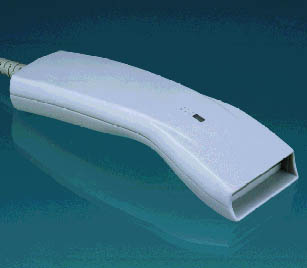
H O M E P A G E
T E A C H I N G
W R I T I N G
R A D I O
W E D D I N G
R O L E P L A Y I N G
T O Y S
M I S C .
Last updated
March 2002
by
david.tulloch@
paradise.net.nz
S C A N and E D I T P H O T O S (1) |
|
Introduction
This course is designed to give a short and basic overview of a number of aspects of scanners. These notes are meant to suppliment a short course I have taught at Onslow College, Johnsonville, New Zealand as part of their Adult Education programme. It is not meant to be a stand-alone web tutorial, as it does not go into enough detail. Besides, nothing beats hands-on experience.
Contents
- What is a scanner?
- Things you can do with a scanner
- How to use a scanner?
- Scanning Choices
- Scanning for printout
- Web and email scanning
- Using the web as a ‘scanner’
- Scanning Magazine and Newspaper pictures
- General scanning rules
What is a Scanner?
The flatbed scanner is very much like a copy machine, to the extent that it has a glass plate under a lid, and a moving light that scans across under it. Like a copy machine, a flatbed scanner allows you to scan photos, paper documents, books, magazines, large maps, or even 3-dimensional objects (those that don't have a lot of depth, coins for example), etc. It scans very much like a copy machine. But instead of creating another piece of paper like a copy machine does, it creates an image in memory, which we can do with as we please.
In short, a scanner acquires a digital image, and we can show it on the screen, or write a file and email it, or print it.
Scanner Types
The most common type of scanner is the flatbed type. The flatbed variety is usually preferred over the hand held type because it can scan at a steady, optimal rate--no need to worry about scanning too fast or pulling from side to side. If portability is desired, you should consider the hand held, but these are not as popular as they once were. Single pass scanners are preferred to double or triple pass scanners because they can acquire at a faster rate.
 |  |  |
| A flatbed scanner. | Another flatbed model. | A handheld scanner, which must be physically moved over the surface to be scanned. |
Most scanners are plug-and-play these days, so you plug then in, start your computer, and it guides you through the installation of any software you may need.
Computer Hardware needed
Disk space and memory are the most important items. Large images will consume a lot of disk space, more than you can imagine in many cases. Manipulating scanned images (especially large ones) can put a strain on your memory, so the more the better.
While other bits of your computer can limit you options, such as the colour and resolution of your video board, most new computers sold today (or in the last year or so) will have no major problems.
Click here to go to the next section.
| Internet Course Links | Basic HTML Course Links | Email me |